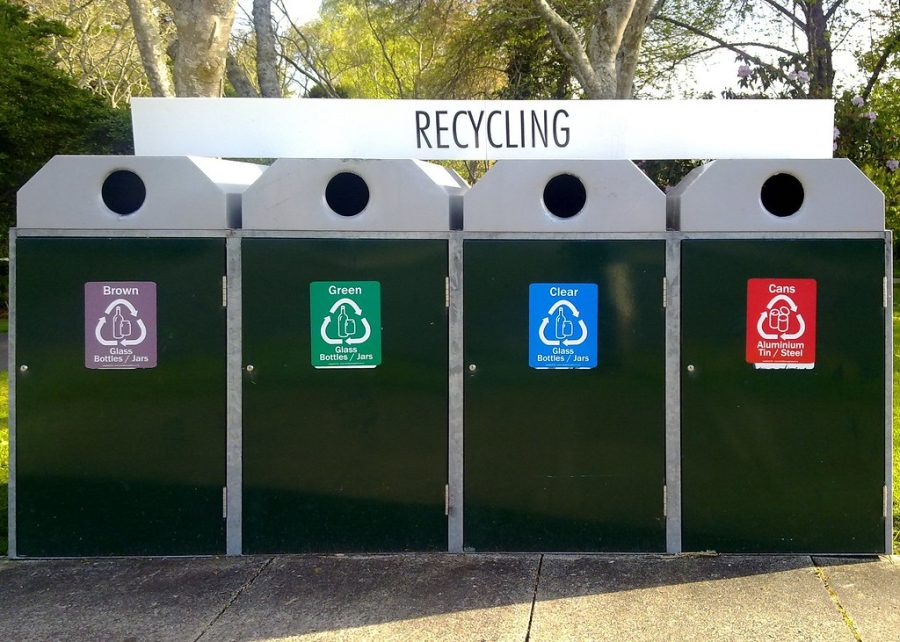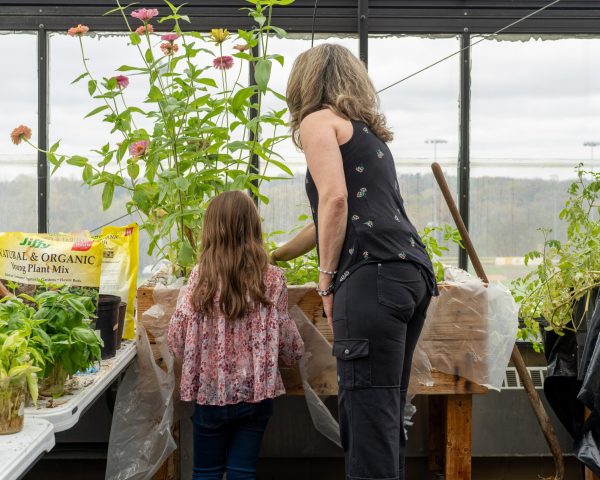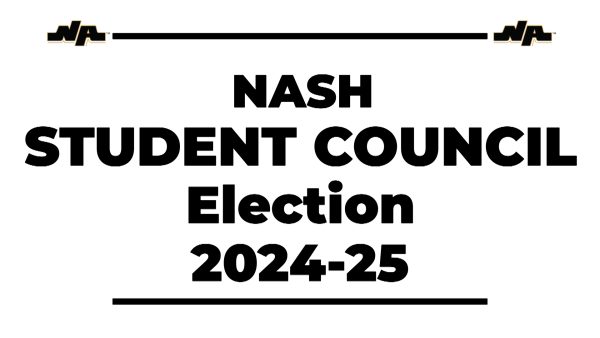The Reality of Recycling
While the initial idea of recycling seems simple, it entails many hidden challenges.
With a variety of categories for recycled materials, it is challenging to be fully educated on the process.
January 19, 2023
Its iconic three arrows are plastered nationwide on blue and green plastic bins: the recycling symbol. With every bottle or piece of trash a human throws into a recycling bin, there’s a sense of hope that humans are slowly saving the planet, but the symbol is not as glamorous as it appears.
The universal symbol—originating in 1970—represents a process that is actually quite complicated. Once an item is tossed, it must be picked up by a private hauling company or government organization, and this is not even the costliest part.
“A well-run curbside recycling program can cost anywhere from $50 to more than $150 per ton,” Michael Shapiro, director of the U.S. Environmental Protection Agency’s Office of Solid Waste, said. This cost is less than the average trash pickup per ton.
After disposal, each item must be carefully sorted and cleaned before it can be remanufactured. For the average household, throwing all seemingly recyclable items into one big green bin is quite simple, but once it has to be processed, it creates a mess of contamination and hand-picked sorting.
And not all recycling materials are the same; every piece of plastic and glass is assigned a number one through seven, creating a whole new set of problems.
Materials one through two range from common items like milk jugs and water bottles and are simply recycled, but number three items made of PVC like food containers are rarely recycled, causing harm to the environment and human health by releasing carcinogenic dioxins.
While there seem to be quite a few negatives in a system that once appeared to be essential to saving the planet, it is not entirely a lie. Recycling helps to reduce greenhouse gases and some amount of waste, and it supports local manufacturing businesses.
However, the threat of damage to the planet has not been enough for contemporary society to bear the additional financial cost of recycling.
With the U.S. recycling rate falling at only 32%, it seems odd that recycling bins are strewn through nearly every Target, municipal park, and school, yet their usage remains relatively low.
With the leftovers of school lunches accumulating to 67 pounds of trash annually per child, we must continue to recycle waste. Without it, landfills will continue to expand, and there will be no planet left for future generations.
But again the concept of recycling appeals to our optimism, and the bins dazzle as a symbol of a clean planet. Except, it’s not that simple, for explaining to students the correct bin to place a chocolate milk jug in versus a dirty yogurt container appears to be harder than advanced calculus.
Since 1988, Pennsylvania has required recycling programs within each municipality, but the programs have not been mandated for schools.
A 2021-2022 study done by Professional Recyclers of Pennsylvania, showed that out of the 313 responses from both public and private schools in PA, 86.6% recycle. There has been little change in numbers since the 2020-2021 survey. While this seems like a hopeful figure, the reason for the missing 13.4% can not be blamed on ignorance.
For these PA schools that do not recycle, 35.5% feel they lack enough recycling bins, and an alarming 55% expressed that their recycling program fell short due to cost.
NASH environmental science teachers Mrs. Amy Baschnagel and Mr. Chris Omasits are both passionate about recycling, saying it hits close to their beloved school.
“Recycling is taking something that would otherwise be thrown away and making it usable,” said Baschnagel, who runs the Environmental Club.
Omasits, the Science Department Chairperson, see great value in an environmental education.
“I think students would participate in a recycling program as long as they didn’t see it as too much of an inconvenience,” he said. “A huge part of trying to do this would be educating students about the program.”
Again the largest factor in recycling lies in cost, not care.
“The costs increase because there is extra sorting and cleaning” Omasits explained.
And with inflation and the speed of modern life, sometimes recycling is lost in the mix.
“There need to be economic incentives to make it worth it for companies to be involved in recycling materials,” Omasits added.
With repeated cries from environmental organizations and the scientific community, it is time that we step up to do our part in protecting the planet.
As British activist Robert Swan put it, “The greatest threat to our planet is the belief that someone else will save it.”
The question now lies in each of our hands: Where do we draw the line between price and the planet?













